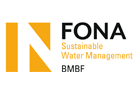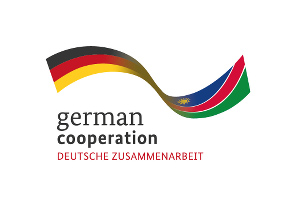Groundwater Desalination
To provide remote areas with clean and healthy drinking water, the project has installed four innovative desalination pilot plants in the two villages of Amarika and Akutsima (Omusati region). Supplying peripheral rural areas decentrally with water is a very challenging task. Thus, the research focusses on the adaptation and operation of high-tech plants in remote areas. People from the villages were trained to take care of the plants and are responsible for their protection. In October 2010, the plants were officially inaugurated by the former Honorable Deputy Minister of MAWF, Petrus Iilonga.
Small-scale solar-driven groundwater desalination
Since the region has up to 300 days of sun per year, all the plants are powered by solar panels. The plants operate free of chemicals, producing between 0.5 and 3.3 m³ of safe drinking water per day.
Plants in Akutsima
- An evaporation plant with plastic heat exchangers which can produce up to 5 m³ water per day (Terrawater)
- A multi-stage desalination plant with plastic-metal composite construction which produces about 0.5 m³ water per day (Ingenieurbüro für Energie- und Umwelttechnik IBEU and Solar-Institute Jülich SIJ)
Plants in Amarika
- A reverse osmosis plant with electrochemical pretreatment which produces up to 5 m³ water per day (pro|aqua)
- A membrane distillation plant which produced about 0.8 m³ water per day (Fraunhofer Institute for Solar Energy Systems ISE). Since this plant could not stand up to Namibian conditions, it was dismantled











